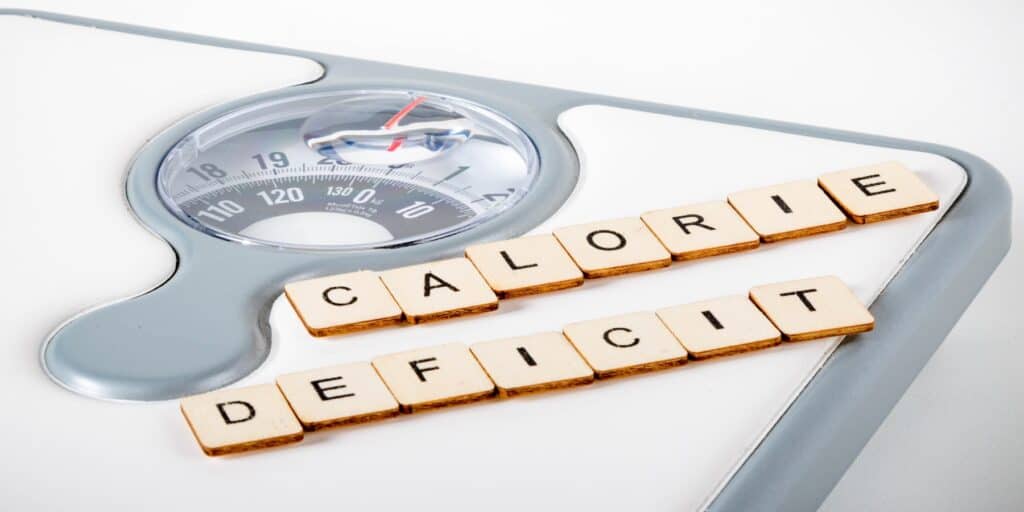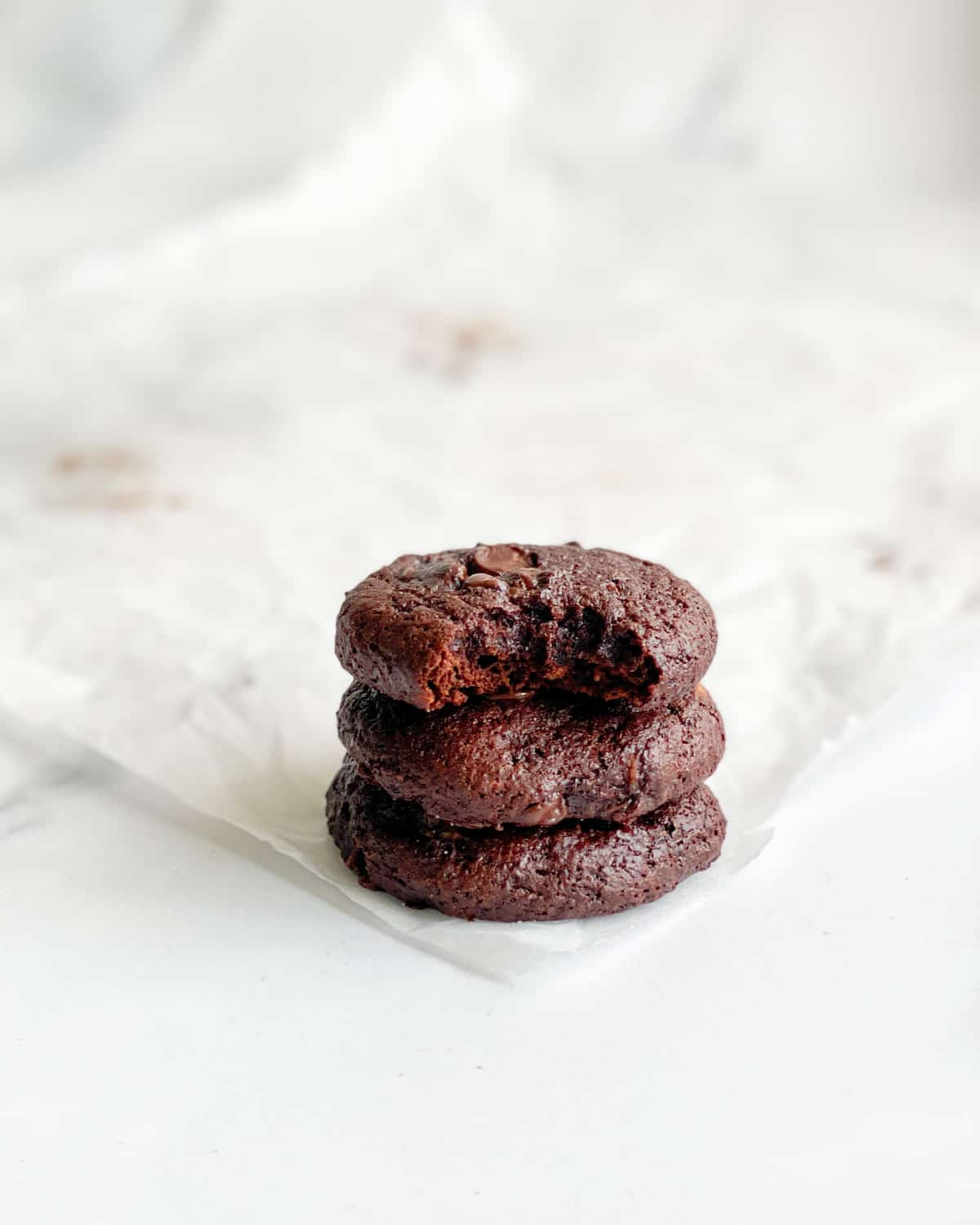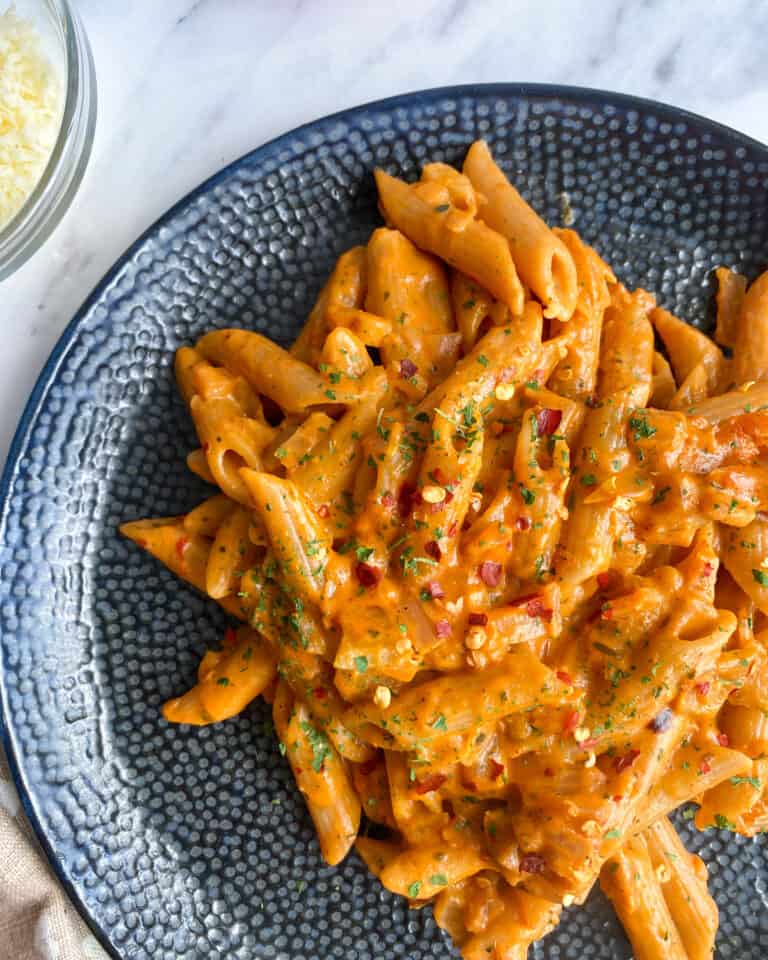How to lose weight – how to start a calorie deficit
To lose weight, you need to be in a calorie deficit. The theory of weight loss is a lot simpler than most people think. You need to be burning more calories than you are consuming. This is how to lose weight through a calorie deficit.
To help you get started on your journey, I’ve compiled all the best weight loss tools and products that have helped me lose over 40kg (90+ lbs!!) here.

This post contains affiliate links. For more information, see my disclosures here.
How to lose weight
In order to start losing weight, you need to consume fewer calories than you burn. To achieve this you need to incorporate one of two methods. You can either exercise more and eat the same amount, or you can eat fewer calories and keep your physical activity the same. For most people, it is much easier to eat less than it is to exercise more.
Losing weight can be an extremely diffciult journey to embark on. There are a few ways you can make this journey a little less uncomfortable for yourself. Doing some research and giving yourself as much information prior to starting is the best way you can prepare your mind for what is to come. Often times, people make weight loss much harder than it needs to be. Going on restrictive diets and cutting out certain food groups takes a toll on your mental health and you’ll quickly grow to hate the process and more often than not, give up. There is no reason to completely cut out anything, you can eat everything you want and still lose weight. That is through a calorie deficit.
What is a calorie deficit?
A calorie deficit is eating fewer calories than your body is burning. Every function in your body requires energy. We are constantly burning calories without even lifting a finger. We burn calories daily just existing – to keep our heart pumping, blood circulating and brain functioning. Our bodies therefore require a certain amount of calories just to keep us alive and this is your basal metabolic rate. Your BMR takes into account your sex, age, weight and height. There are plenty of resources online to calculate this. A quick google search will give you this number.
How many calories should I be eating?
Everyone has a different BMR and therefore there is no calorie deficit that would suit everyone. Once you have calculated your basal metabolic rate, you can calculate your total daily energy expenditure (TDEE). TDEE accounts for the total amount of calories burned daily. This includes any calories burned throughout your day through exercise and regular daily activities. Once you know your TDEE, you can begin subtracting calories. Finding the right deficit for you might take some adjusting over a period of time.
It is really important to calculate these figures correctly. Eating too few calories puts you at great risk of certain health complications. And of course eating too many calories can lead to weight gain which comes with its own host of health issues. When going into a deficit, you need to be sensible of what you expect from your body. A deficit will be difficult at even 100 calories fewer than your body needs and reducing this drastically is going to cause far more harm than good. The best way to start is by simply subtracting 250 calories from your TDEE which will put you in a 1,750 calorie deficit per week. This translates to about 1/2 a lb. of weight loss each week.
How to lose weight and maintain a calorie deficit
Once you know how many calories you need to be in a deficit, you’re good to go. Being in a calorie deficit can be an extremely challenging endeavor especially at the start. There are a few ways in which you can make this easier for yourself.

1. Don’t cut anything out of your diet.
You will always hear about diets that promise 5 lbs. of weight loss in 3 days. A lot of the time, these diets are extremely restrictive and only result in a small amount of weight loss, if anything. Most of that weight lost will just be water weight which you will gain back once you begin eating regularly again. Cutting things out of your diet is not sustainable in the long term and will often cause many setbacks. You’ll find yourself binging on the foods you miss sooner or later. Instead, find lower calorie alternatives to your favorite foods and you’ll never feel like you’re missing out. I have lots of low calorie recipes including low calorie Desserts and Meals.
2. Count. Every. Calorie.
Its easy to assume the amount of calories there are in what you’re eating. A lot of the time, people don’t see the results they expect because they don’t realize just how much they’re actually eating! There are so many free calorie tracking apps that can help you keep track of what you eat. Don’t forget to log any seasonings, condiments and drinks as they all contain calories we often overlook.
3. Invest in a kitchen scale.
A kitchen scale will be your best friend when in a calorie deficit. Cup measurements may be easy and convenient but they’re not nearly as accurate as using a kitchen scale. You can find plenty of cheap scales online. I’ve been using this one from amazon since the start of my journey and it is perfect for weight loss. It’s super affordable and easy to use. Measuring everything you eat can seem tedious and obsessive at first, but it’s the only way to know exactly how many calories you’re eating to limit accidental overeating.
4. Exercise more.
There are endless benefits to exercising. Exercise combats diseases, improves mood and increases energy. When in a calorie deficit, exercising is a great way to include a few extra calories in your diet. When you burn off calories through exercise, you need to replace the calories lost so you will get a few extra calories to add onto your deficit! Walking is a great way to earn some calories back. It is a gentle and easy way to incorporate more exercise into your life. Just a short 30 minute brisk walk is enough to gain an extra 100-300 calories!
5. Track your progress.
Tracking your progress through pictures, measurements and weight is crucial. Having more than one way to track your progress is also a great way to stay motivated. Sometimes its difficult to see a difference when looking in the mirror but your measurements and weight changes say otherwise. This is why it is necessary to take pictures and measurements through out your journey to compare where you were say 6 weeks ago to now. However, remember not to overdo it. Weighing yourself everyday will do nothing but discourage you as weight wont change much day to day. Find a sensible balance, bi-weekly or monthly is often best as it gives your body time to adjust. Weight loss journals are a perfect way to document your journey and have all your progress in one place. Here’s one that is perfect for exactly that.
6. Be easy on yourself.
Sometimes things happen and we fall off. That’s completely normal and its important to just get back up once you’re ready and never knock yourself for mistakes. Forgetting to weigh a meal or forgetting to track a snack you had at one point is also not a major problem. If you find yourself becoming fixated on the calories or you feel its becoming an unhealthy obsession for you, take a break. There are several other ways to lose weight and a calorie deficit is certainly not for everyone. Make sure you’re losing weight for the right reasons and have a healthy mindset before beginning. And always, always, make sure to seek medical advice where necessary. Check with your doctor before doing anything drastic just to ensure it is completely safe for you. A weight loss journey can be one of the most rewarding things you do in your life, if done correctly. Put your health before anything else, losing weight in an unhealthy way can be far more damaging than being overweight! Try and enjoy your journey as much as you can and take care of yourself.







